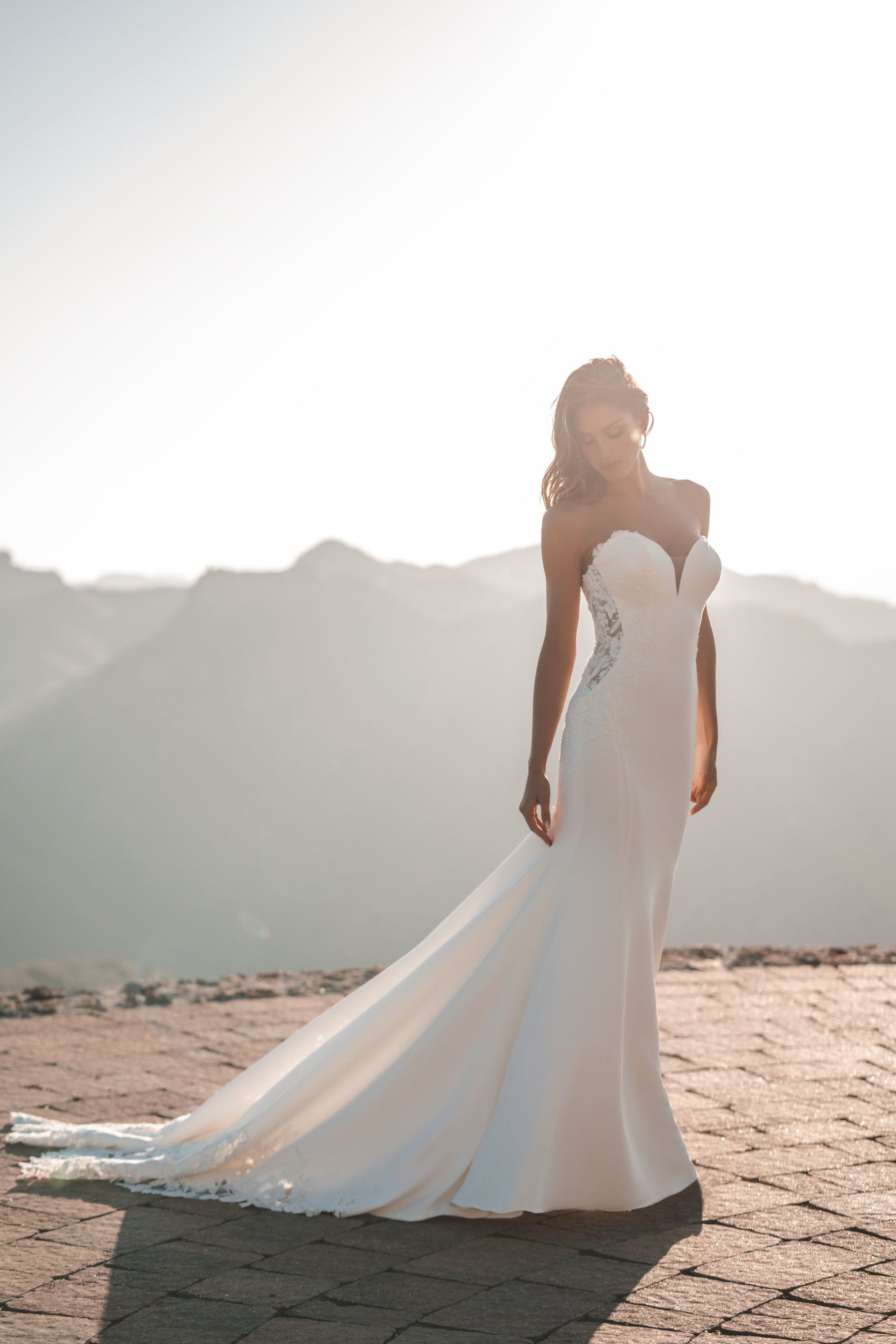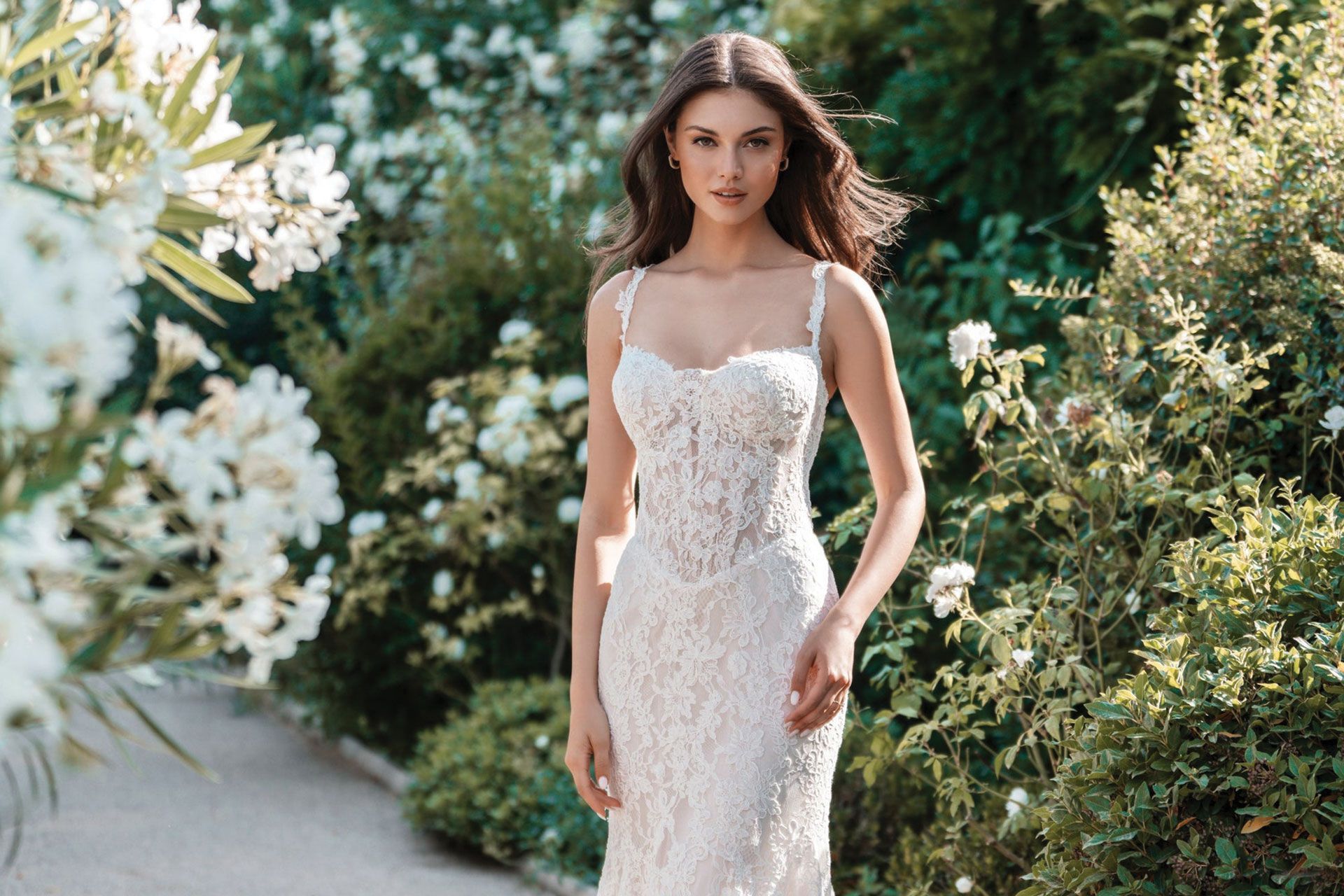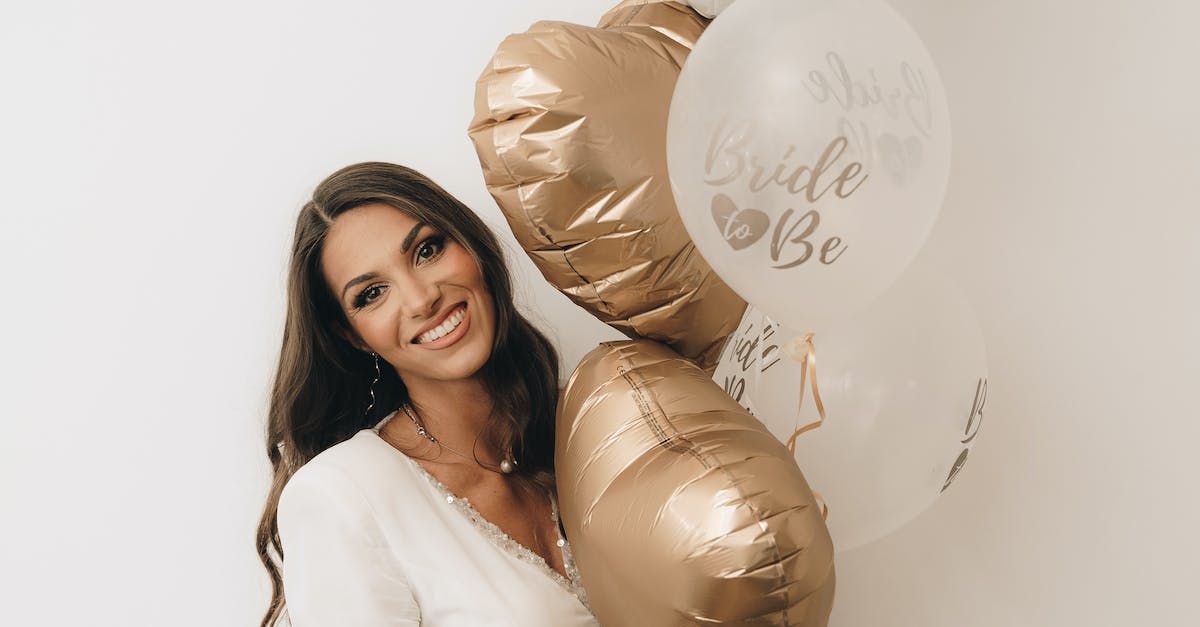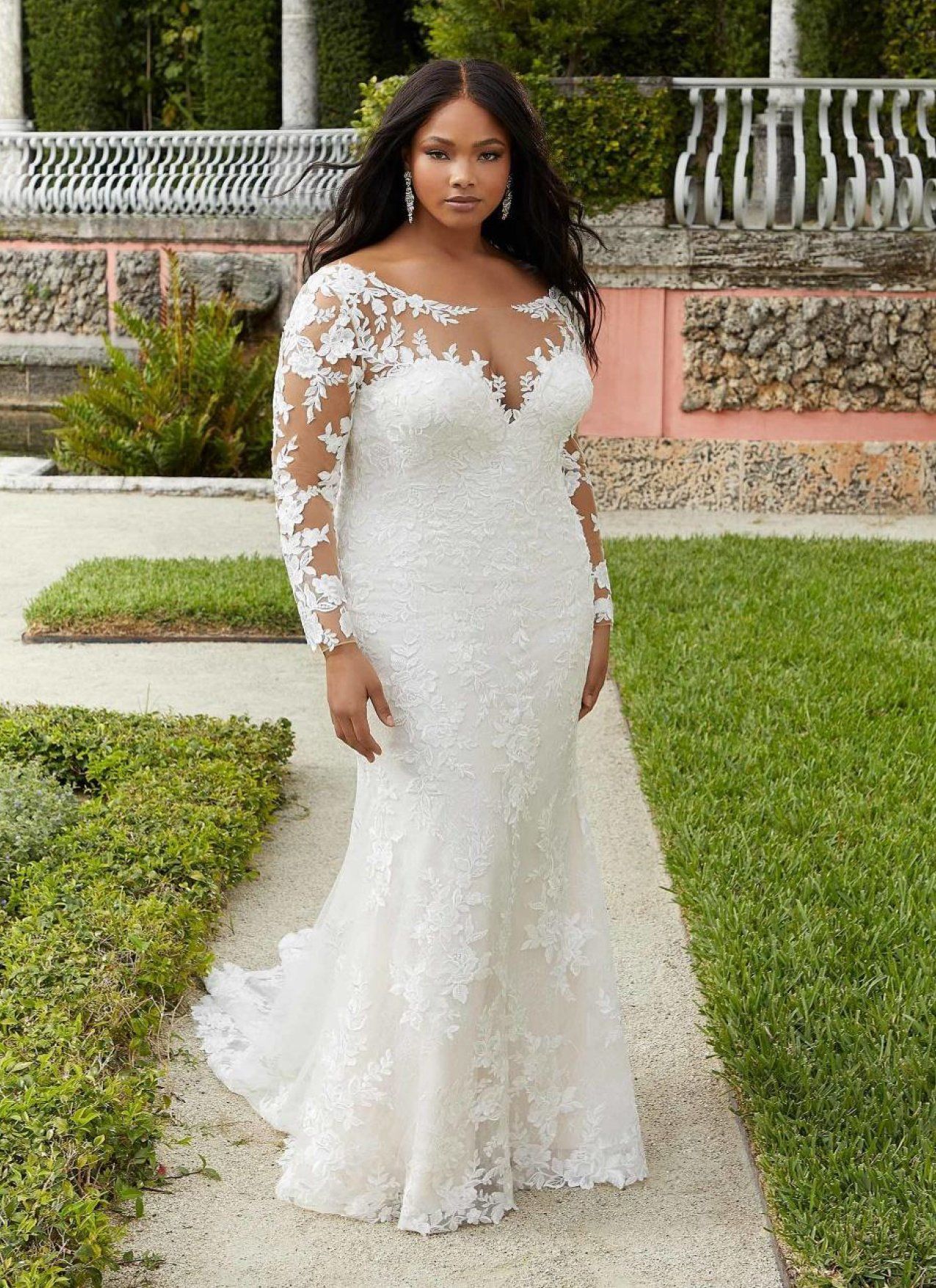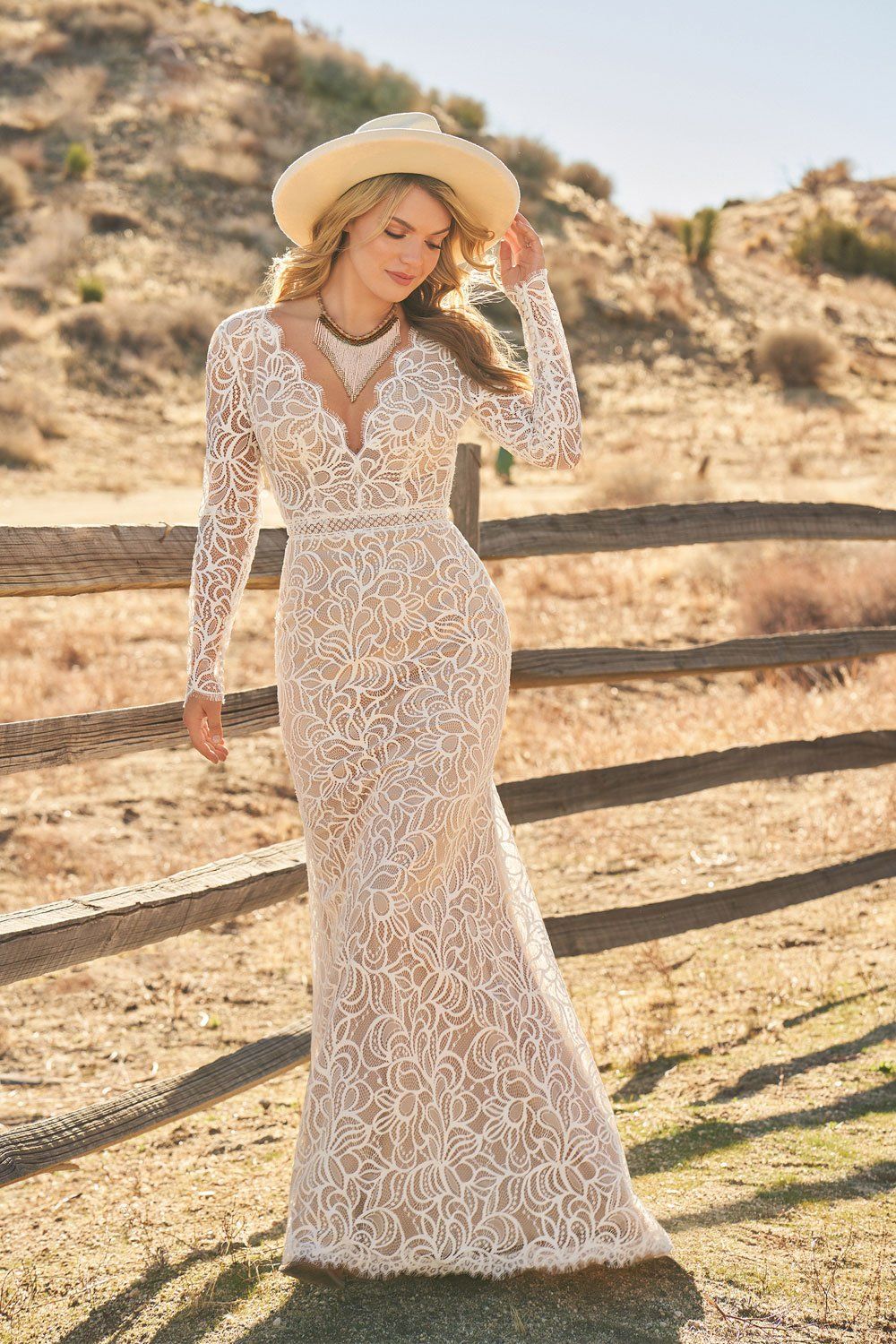The History of Your Favorite Wedding Traditions
We’ve all heard of the popular tradition that the bride must have something old, something new, something borrowed, and something blue on her wedding day. But have you ever stopped to think about how this all got started? These little couplets originated out of English tradition. Something old was intended to help ward off something evil. Something new represents the new chapter that the bride and groom intend to embark upon after their wedding day. Something borrowed signifies the good luck coming from the good fortune of whoever borrowed the item to the bride. And last but not least, something blue was intended to represent love, purity, and fidelity which are the three qualities of a healthy and strong marriage.
But what about all of those other traditions? When it comes to the big day of the wedding, and even in the days leading up to the special event, there are so many traditions that we’ve probably never thought about other than to say, “it’s a tradition.”
The story behind those wedding traditions that we must have on our wedding day
Check out this quick list for some history behind four wedding traditions that “just are” and that would surely be missed if they were left out of the big day.
- Bouquet toss – If you’ve ever been to a wedding without a bouquet toss, consider it a rarity. This tradition began in England and was intended that the bride would pass along her good fortune to others in the crowd. And, as everyone wanted a piece of that good fortune, it came to be that all of those single ladies would get awfully rowdy as they hoped to get luck sent their way.
- Wedding bouquet – Though the history behind the bouquet toss is interesting (and a little bit sweet), the actual floral bouquet itself has quite a story that originated back in the 14th century in Europe. At the time, the Bubonic plague had killed nearly 25-million people in just over five years. So, on wedding days, brides would add garlic and herbs to their bouquet as a way to ward off the plague, which was never all that far away. Of course, today’s bouquets are a bit more sweet-smelling than those of the past. But, next time you are at a wedding, take a look to see if there is a hint of garlic. If not and if the bouquet is simply a lovely floral arrangement, then this is less about the plague and more about representing fertility for the marriage.
- The bride wore white – Most brides today tend to wear white, and the common assumption has been because it represents purity and that the white dress originated from centuries ago. But, this is not the case. In past years, brides did not wear white and simply selected the best dress that they had. It was not until the 1840 wedding of Queen Victoria to Prince Albert where she wore white. It was this one historic instance that became the norm and a tradition for brides to follow going forward.
- Daddy gives away his daughter – And what about this tradition of a father giving away his daughter to her future husband? While it may seem like a sweet gesture now, the history behind the tradition is more tied to how the father would literally give away his daughter as a way to pay off debts or to purchase his way into a higher social status. Of course, in modern weddings, though daddy still tends to be the most common person to accompany the bride down the aisle, it is being more commonplace to see any loved one there beside her, if not the bride making her way down the aisle by herself.
Want to discuss your dream wedding and how we can help you find the perfect dress? Come by and visit us or call us 585-243-5312.
—————————————–
Come visit us to have the Rochester Wedding Dress Experience
